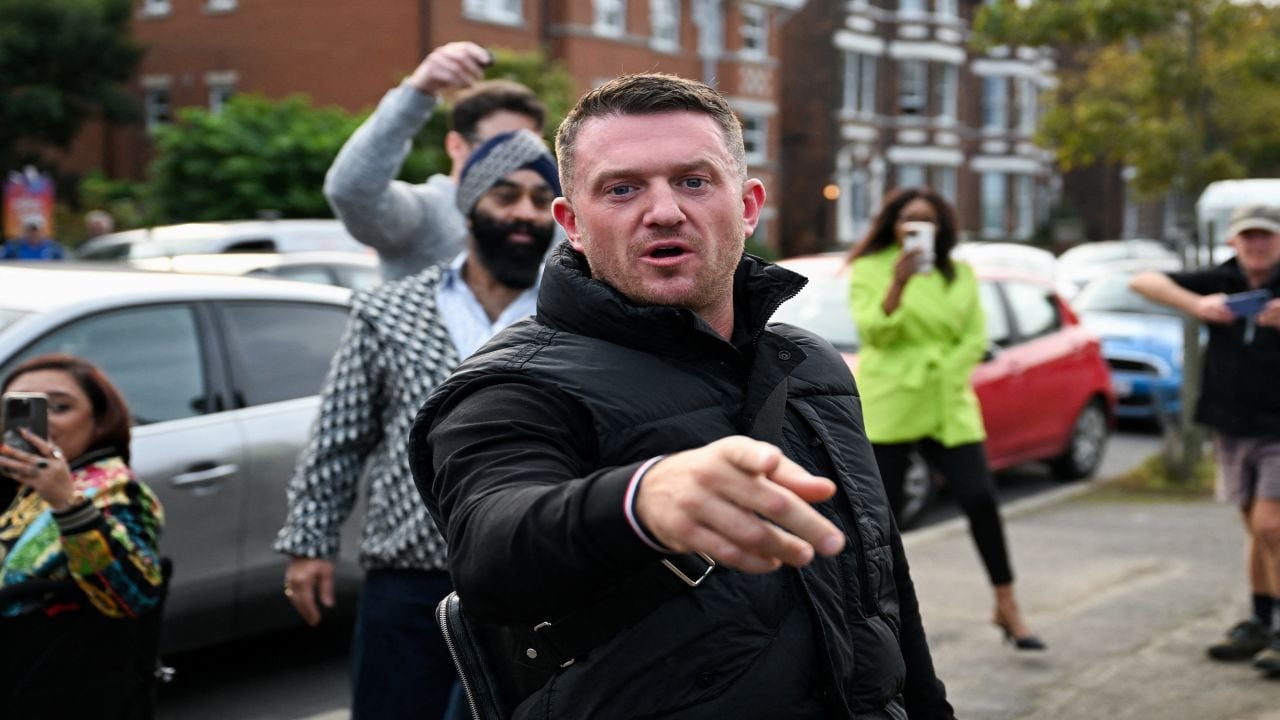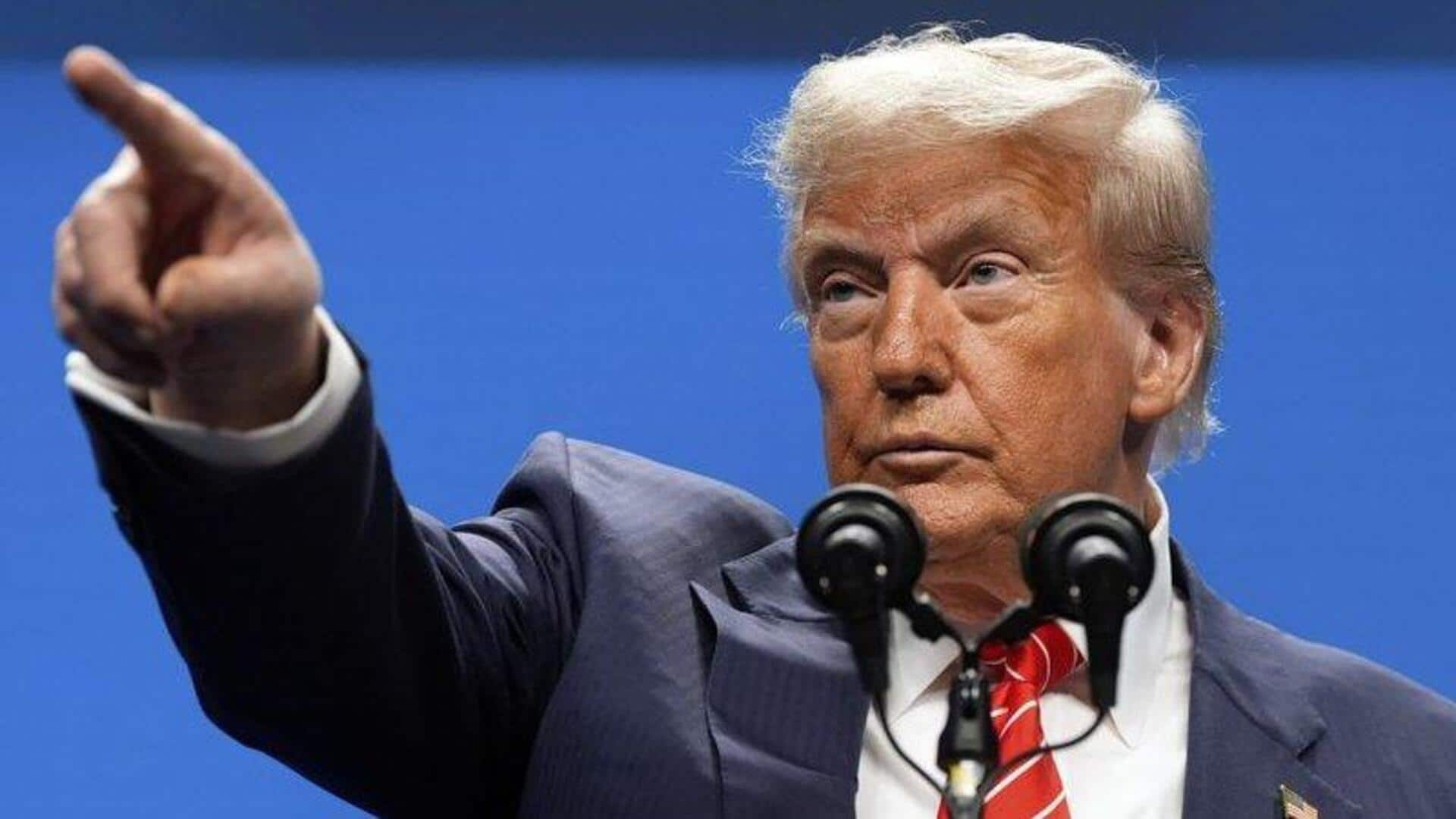On a September weekend, central London saw an extraordinary scene: a sea of Union Jacks and St George’s crosses, chants against immigration, and moments of violent clashes with police. The rally, branded
as ‘Unite the Kingdom’, was called by activist Tommy Robinson and drew well over 100,000 people, making it one of the largest anti-immigration demonstrations in Britain in recent years.
What unfolded was more than a domestic protest. The rally is part of a broader wave of anti-immigration mobilisation spreading across democracies, from Europe to Australia to the United States. Understanding the London event helps explain why migration politics is becoming one of the most combustible global issues — and why it matters deeply for Indians abroad.
What Exactly Was The ‘Unite the Kingdom’ Rally?
The event was pitched as a show of patriotism and a defence of national values. Organisers framed it around protecting identity and culture, but in practice, immigration dominated the chants, speeches, and placards. While parts of the march remained peaceful, confrontations broke out with police as authorities attempted to keep rival groups apart. Dozens of officers were injured, several arrests were made, and images of tense stand-offs quickly went viral.
The rally’s sheer size and intensity surprised many. It showed how rapidly anti-immigration sentiment can be mobilised, how effective social media is at turning online anger into real-world action, and how transnational support networks can amplify a local protest into a global talking point.
Why Are Anti-Immigration Protests Surging Now?
The rise in such demonstrations reflects a mix of economic, political, and social forces:
Economic anxiety: Housing shortages, wage pressures, and stretched public services are increasingly blamed on immigrants, even when evidence is mixed. These grievances make migration an easy target.
Security concerns: High-profile crimes involving migrants, sometimes exaggerated or misrepresented, are sparking localised anger and fuelling large protests.
Political Entrepreneurship: Leaders and activists are deliberately tapping into these fears, turning them into political capital. Networks of right-wing influencers and commentators help spread messages beyond borders.
Online misinformation: False or sensational claims about migration spread quickly on platforms, creating outrage cycles that push people into the streets.
Together, these dynamics mean migration has become one of the most emotionally charged issues of the moment, which can spark both big electoral shifts and street mobilisations.
Recent Flashpoints Around The World
The Unite the Kingdom rally is not an outlier. Similar scenes have been unfolding elsewhere:
Australia (August 2025): Tens of thousands marched in cities under the banner of ‘March for Australia’, demanding an end to mass immigration. Authorities warned that extremist groups had tried to piggyback on the events.
United States (2025): This year has seen a record number of immigration-related demonstrations across states — ranging from local protests over asylum housing to organised rallies calling for stricter border enforcement.
Europe: Cities like Warsaw, Dublin, and Berlin have hosted protests linked to asylum centres and migration policy. Some have been small and localised; others have drawn thousands and tapped into election campaigns.
United Kingdom (September 2025): The Unite the Kingdom march remains the largest recent example, not just for its size but also for the intensity of the clashes with police.
Across continents, the pattern is clear: frustration with migration is spilling into the streets more often, and with greater energy.
What This Means For Indians
For Indians — whether as migrants, students, or established diaspora communities — the global surge in anti-immigration sentiment carries significant implications.
Personal safety: Indians are not always singled out, but as visible minorities, they can become targets when xenophobic tensions rise. Past incidents in the UK and Australia show how quickly students and workers can be vulnerable in such climates.
Community climate: Even without direct violence, a hostile atmosphere affects daily life — from discrimination in housing and jobs to harassment on public transport.
Diplomatic challenges: When anti-immigrant rhetoric or violence escalates, it often forces India’s government to intervene, issue advisories, or negotiate protections for its citizens abroad.
Students and workers: Young Indians who travel abroad for education or temporary work face the brunt of the backlash. They may lack local support systems and often feel the brunt of resentment toward new arrivals.
Political ripple effects: Back home, news of such protests feeds into debates about the treatment of Indians overseas, influencing public sentiment and occasionally spilling into foreign policy.
What Happens Next?
The Unite the Kingdom rally was a vivid reminder that migration politics is not fading; it is intensifying. Similar events are likely to continue, shaped by economic pressures, election cycles, and global migration flows.
For Indians, this means preparing for a more complex landscape abroad. Universities, employers, and local councils in host countries will need to step up protections. Governments will be pressed to balance legitimate debate about immigration with firm action against hate and violence.
At its core, the rally showed how migration is no longer just a policy debate — it is a cultural flashpoint that can mobilise hundreds of thousands, reshape political narratives, and put minority communities at risk.













